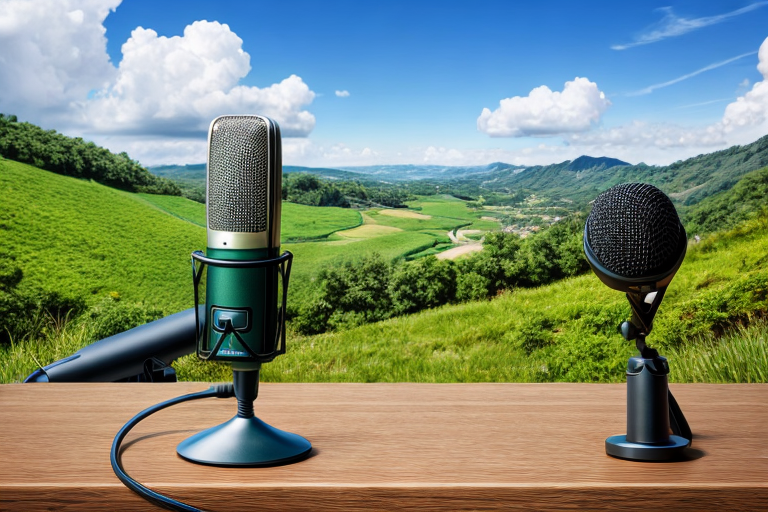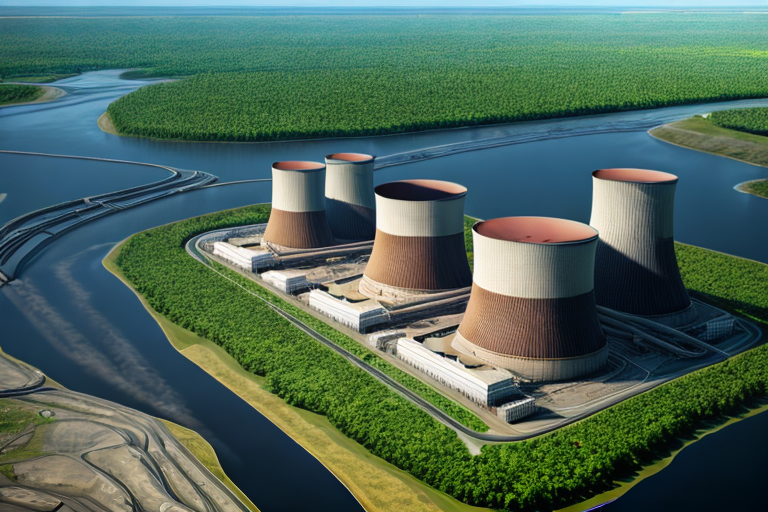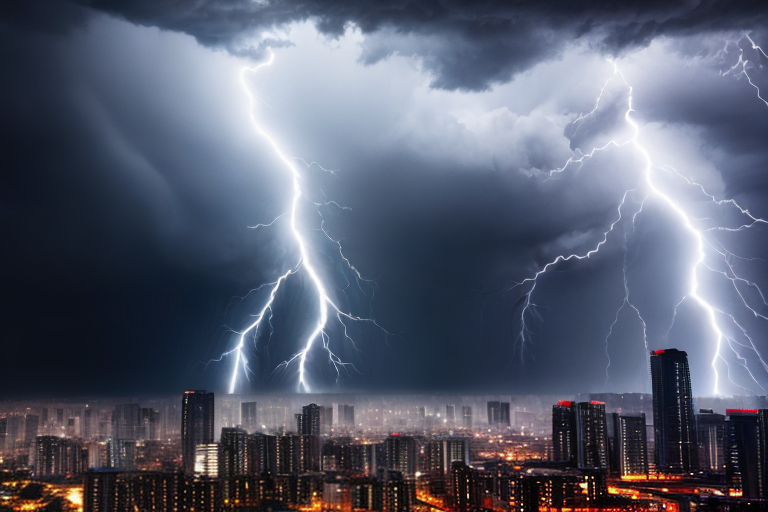
During times of crisis, emergency communication becomes crucial, especially when traditional methods are unreliable or unavailable. This is where amateur radio operators, also known as HAM radio operators, step in to provide vital communication services.
To be prepared for such situations, HAM radio operators need the right equipment and knowledge.
This includes a reliable radio, suitable antennas, and a power source to sustain them during emergencies.
Understanding emergency communication protocols and procedures is essential for effectively relaying important information. Building a network within the HAM radio community and participating in drills and exercises are equally important in disaster readiness.
Overcoming challenges such as interference and limited frequencies requires a solid grasp of radio propagation.
Click here to learn more Survival Tips from Pro Outdoor Survival
Emergency Communication Support
In addition to other communication technologies like satellite phones, walkie-talkies, and mobile apps, various radio technologies and communication tools play a crucial role in enhancing emergency communication support. These tools enable individual’s and organizations to stay connected, coordinate relief efforts, and provide timely updates to affected communities.
The use of handheld radios and portable radios also proves to be essential in establishing reliable lines of communication during emergencies.
These communication tools serve as valuable assets in emergency preparedness and planning, ensuring that people can stay connected and informed when traditional methods may be disrupted.
By integrating different radio technologies and communication tools into existing disaster plans, emergency communication support can be effectively utilized to provide timely assistance and critical information in times of crisis.

HAM Radio Components
One crucial component of amateur radio is the transceiver, which serves as the core of any radio setup. Our transceivers are capable of both transmitting and receiving signals across various frequencies, and they come in different types and power levels to meet different communication requirements.
Another important element is the antenna, responsible for the transmission and reception of signals.
Our antennas can be mounted on masts, vehicle’s, or used handheld for portable purposes.
We offer various designs such as dipole, vertical, or Yagi, each with specific advantages based on range and direction of communication.
Power supply units are also crucial as they provide the necessary electrical energy for operating amateur radio setups.
Our units can be powered by batteries, generators, or even solar panels, making them suitable for remote or off-grid operations.
Radio enthusiasts often acquire accessories such as amplifiers, filters, and tuners to enhance their radio experience.
Amateur Radio
- Transceivers are essential in amateur radio as they allow for both transmitting and receiving signals across various frequencies.
- Antennas play a crucial role in amateur radio by facilitating the transmission and reception of signals. They can be mounted on masts, vehicle’s, or used handheld for portable purposes.
- Power supply units are necessary for operating amateur radio setups as they provide the required electrical energy. These units can be powered by batteries, generators, or solar panels, making them suitable for remote or off-grid operations.
- Radio enthusiasts often acquire accessories like amplifiers, filters, and tuners to enhance their radio experience and optimize their communication.
Importance of HAM Radio for Disaster Preparedness
In times of crisis, having reliable communication is vital for survival and recovery. That’s where emergency communication services come in.
They provide a crucial lifeline when traditional channels fail, allowing those in distress to seek help during emergencies.
Operators of these services are trained to respond swiftly to alerts and collaborate with emergency responders.
They connect individual’s in need with operators who can assist them in finding shelter or arranging evacuations. Enthusiasts of emergency communication actively advocate for the necessity of having an emergency kit and supplies, promoting disaster preparedness within communities.
Assisting in Emergency Response Efforts
In the realm of emergency response, quick thinking, effective communication, and a strong sense of community are indispensable. During times of crisis, when traditional communication systems fail, it is individual’s with expertise in emergency communication who step up to provide vital links.
These licensed professionals utilize specialized radios to relay critical information, coordinate rescue efforts, and offer real-time updates on the ground.
Their ability to communicate over long distances without relying on traditional infrastructure plays a pivotal role in ensuring that communication channels remain open, especially in areas where communication lines have been disrupted.
They actively engage in disaster preparedness drills and exercises, collaborating closely with emergency management agencies and other first responders to ensure a seamless response.
Emergency Communication
- Emergency communicators play a vital role in relaying critical information during times of crisis.
- These licensed professionals utilize specialized radios to communicate over long distances without relying on traditional infrastructure.
- Their ability to coordinate rescue efforts and offer real-time updates on the ground helps ensure effective emergency response.
- Emergency communicators actively engage in disaster preparedness drills and exercises to ensure a seamless response with other first responders.
Communication Equipment for HAM Radio in Emergencies
When it comes to ensuring effective communication during emergencies, operators of amateur radios rely on specialized communication equipment that is specifically designed for these situations. The key to selecting the right equipment lies in considering several crucial factors.
Firstly, the equipment needs to be durable and capable of withstanding harsh conditions that often accompany emergencies.
This includes adverse weather conditions and challenging environments that could potentially damage less robust equipment.
The range and power of the communication equipment are essential. In emergencies, communication needs may extend over long distances, making it necessary to have equipment with a wide range and strong transmission power.
This allows amateur radio operators to reach a larger audience and provide assistance to those in need, regardless of the distance. Versatility is another important characteristic of communication equipment for amateur radio in emergencies.
The ability to operate on multiple frequency bands and modes grants greater flexibility in communication and ensures seamless connectivity.
Role of HAM Radio in Emergency Management
One important role that HAM radio plays in emergency management is its ability to provide reliable communication channels in remote or disaster-stricken areas. Businesses and brands often rely on HAM radio operators to establish communication networks using portable equipment, making it a valuable tool in situations where other forms of communication may be unreliable or unavailable.
HAM radio operators act as crucial links between affected communities and emergency responders, transmitting important information, coordinating rescue efforts, and providing real-time updates on the ground.
Their efficient transmission of messages can help save lives and contribute to effective disaster response, making HAM radio an essential part of disaster management efforts.
| Role of HAM Radio in Emergency Management |
|---|
| Reliable Communication Channels |
| Establishment of Communication Networks in Remote or Disaster-Stricken Areas |
| Crucial Link between Affected Communities and Emergency Responders |
| Efficient Transmission of Messages for Effective Disaster Response |
Reliable Communication During Emergencies
Are essential for providing updates and instructions to the public. These stations are dedicated to broadcasting crucial information regarding the ongoing emergency, including evacuation notices, safety protocols, and any other relevant details.
Having a well-prepared emergency communication plan that includes various methods of communication is vital.
By diversifying communication channels, individual’s and communities can ensure that they have multiple options for receiving and sharing information during a crisis.
This can include utilizing social media platforms, mobile apps, or designated emergency communication networks.
Disaster preparedness also plays a significant role in effective crisis communication.
By being prepared ahead of time, individual’s and communities can minimize the impact of an emergency and facilitate smoother communication processes. This includes having backup power sources, maintaining updated contact lists, and practicing effective communication protocols.
Effective crisis communication is crucial during times of emergencies. Incorporating alternative methods like HAM radio into crisis communication planning is essential for effective crisis response in both natural and man made disasters.
Best Practices for HAM Radio Operation in Emergencies
During emergencies, amateur radio operators play a vital role in ensuring communication and safety for affected communities. To effectively operate radios in such situations, it is crucial to have reliable equipment and a well-configured antenna system.
Regular maintenance, proper grounding, and the use of backup power sources are necessary to ensure uninterrupted communication.
Operators must also carefully select appropriate frequencies for emergency communication and actively monitor designated channels.
Following established emergency protocols and procedures is of utmost importance as operators are responsible for relaying vital information, coordinating rescue efforts, and assisting emergency services. Effective communication skills, such as clear and concise messages, proper etiquette, and active listening, are critical for efficient and accurate information exchange.
Building a strong network of operators and collaborating with local emergency management agencies greatly enhances coordination and preparedness. Obtaining proper training and licensing as an amateur radio operator is also essential.
Amateur Radio Operators in Emergencies
- Reliable equipment and a well-configured antenna system are crucial for effective operation of radios during emergencies.
- Regular maintenance, proper grounding, and the use of backup power sources ensure uninterrupted communication.
- Operators must carefully select appropriate frequencies for emergency communication and actively monitor designated channels.
- Following established emergency protocols and procedures is of utmost importance for operators to relay vital information, coordinate rescue efforts, and assist emergency services.
Surviving Extreme Weather Essential Tips
EMP Attack Prep Recovery Expert Tips for Success






















